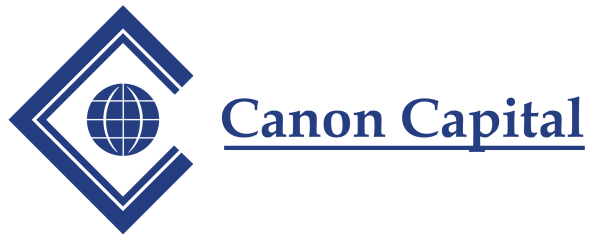Secure Act 2.0 became law at the end of 2022, and it continues to reshape how retirement plans work. The overall intent is positive, to help more people actually save enough for retirement, but the changes aren’t landing all at once. Different pieces phase in over several years, which means employers need to keep one eye on what’s active now and another on what is coming next.
One of those “coming next” rules is going to matter quite a bit for employers with higher-earning employees over age 50. Beginning January 1, 2026, certain catch-up contributions can no longer be made pre-tax. Those dollars must be Roth (after-tax). It’s a single rule change but the ripple effect touches payroll, plan elections, communication to employees, and how recordkeepers and payroll systems exchange data.
Who Does This Apply To?
This Roth-only requirement will apply to employees who:
- are age 50 or older
- made more than $145,000 in FICA wages in the prior year (the wage number will adjust over time)
It covers 401(k), 403(b), and governmental 457(b) plans where catch-up contributions already exist.
And What If Someone Makes Less Than $145,000?
In that case, nothing changes for them. If the plan allows it, those employees can continue to choose between pre-tax catch-up contributions or Roth catch-up contributions.
Why Employers Need to Start Looking at This Soon
Even though 2026 sounds comfortably far away, this is a change that will require coordination, updates, and testing. It’s not a “flip a switch and it’s done” type of change.
Some things that will need review:
- does your plan document even allow Roth catch-up contributions today?
- have you talked with your recordkeeper about timing for updates?
- how will payroll identify which employees cross the wage threshold each year?
- what does employee education need to look like so this isn’t confusing or disruptive?
If Roth catch-up contributions are not currently permitted under your plan and you do have employees who qualify, you’ll want to start the plan amendment conversation early.
Why This Change Isn’t Just Payroll or Just Compliance
This rule hits three worlds at once.
- The CPA side helps interpret the change and confirms the plan stays compliant.
- Payroll is responsible for coding these contributions the right way and tracking who is subject to the Roth rule each year.
- Technologies makes sure the data flow between systems is accurate, secure, and functioning the way it needs to.
This is where having those three functions working together matters more than ever, especially for small and mid-sized businesses who outsource these disciplines by design.
Don’t Wait to Scramble
Regulatory updates are always easier to manage when you give yourself time, especially when the change affects plan administration, payroll setup, and employee behavior all at once.
We’re Here to Help You Prepare
Our CPA, Payroll, and Technologies teams work together every day to help businesses stay ahead of changes just like this. If you’d like help making a plan for the 2026 Roth catch-up requirement or want to make sure your systems are ready, we’d be happy to talk through next steps with you.

